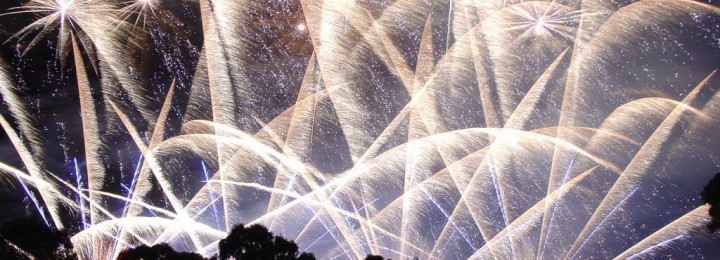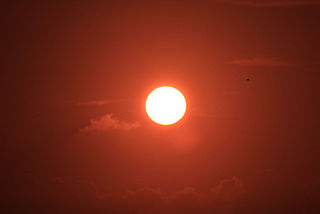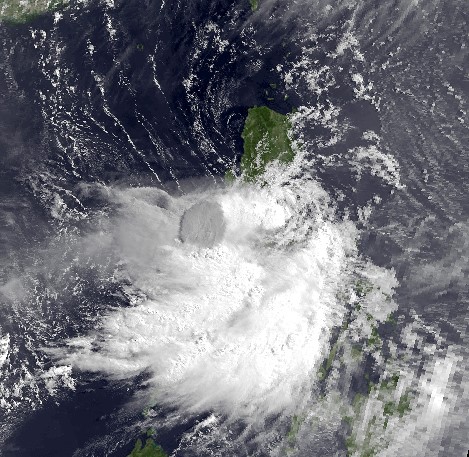History
-

On April 1, 1960, the world’s first operational weather satellite was launched into space. It opened a new world of information to meteorologists since it could see the weather in areas where there were no surface observations, such as over the oceans and the poles. Now the vast majority of weather observations input into forecasting…
-

If you are following the news out west, you know that Lakes Mead and Powell are at low levels not seen since the reservoirs were filling up. Now, after years of drought and overuse of water, they are running out of water. Here is a good historical perspective from Colorado Assistant State Climatologist Becky Bolinger…
-

Happy Independence Day! I hope you had a great day, whatever you did. You might be interested in what the weather was like on the original Independence Day, July 4, 1776. Alicia Wasula of Shade Tree Meteorology noted in her blog this week: While we don’t have nearly as much detail about the weather back…
Posted in: History -

On today’s date 113 years ago, the largest asteroid impact in recorded history struck on a warm summer morning in Siberia, Russia. We observe Asteroid Day each year on June 30, on the anniversary of what’s now known as the Tunguska explosion. This explosion flattened roughly 80 million trees over an area of 830 square miles in a remote part…
Posted in: History -

The extreme heat in the Pacific Northwest is setting all kinds of records for high temperatures, including some all-time highs for individual cities and potentially even for the entire country of Canada. It has also caused huge infrastructure problems with buckling highways and other effects of the high heat. I have heard of at least…
-

I ran across this video a week ago and have just found it in my overloaded list of windows. It’s a little late for D-Day, which was earlier this month, but still a fascinating look at the weather planning required to plan the D-Day invasion, which required a lot of coordination and care in timing.…
-

On June 15, 1991, Mount Pinatubo erupted in the Philippines. It was the 2nd largest eruption of the 20th century and the most recent eruption big enough to affect the global climate. To remember that eruption, NASA provided a very interesting interview with John Murray, their disasters program associate director. He was there watching the…